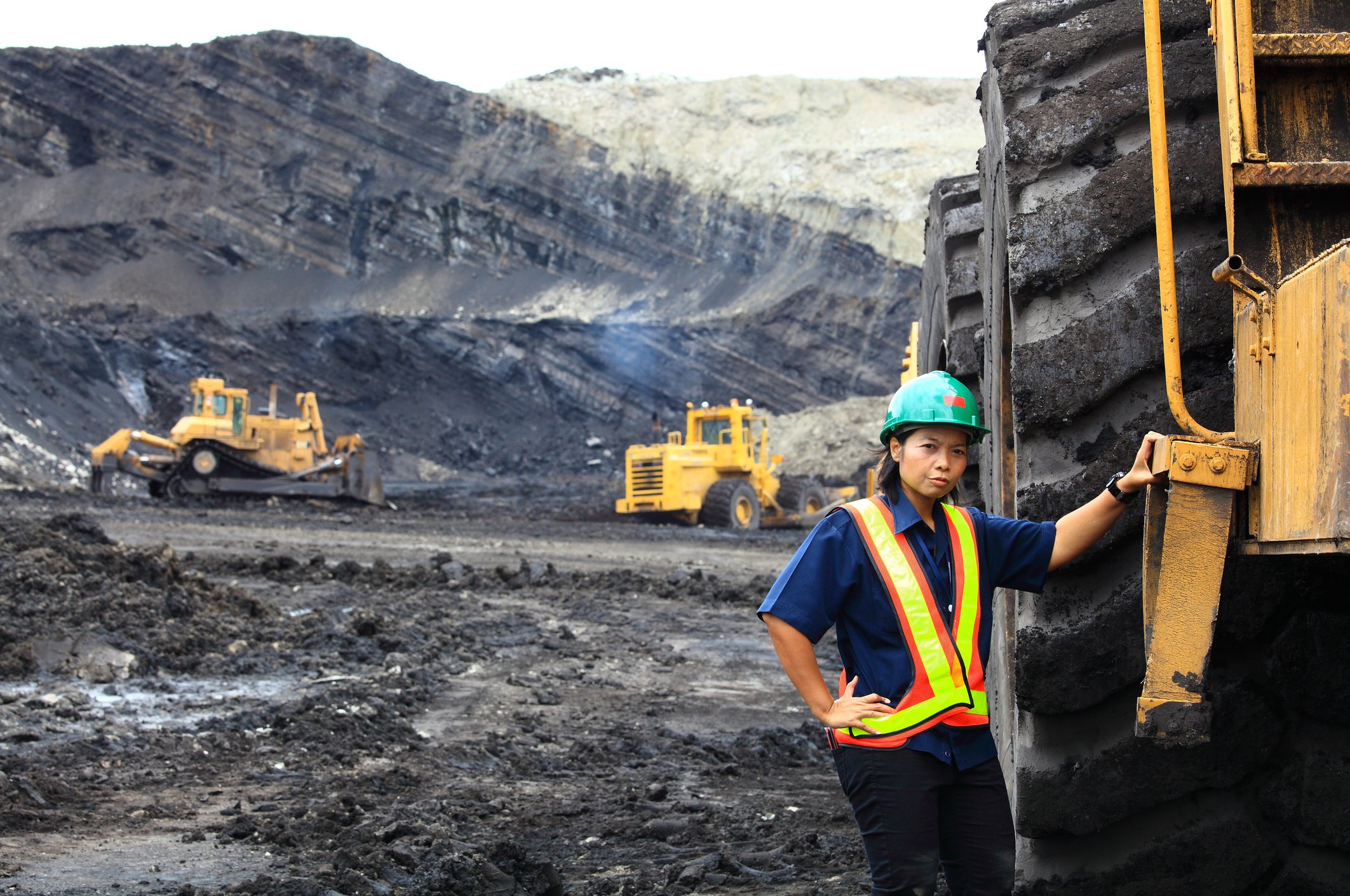Two weeks ago, the legendary silver-stream-acquirers at Silver Wheaton (SLW +3.68%) outdid themselves; unveiling a new pair of landmark gold streams in a transaction that exceeds in scale even last year's memorable transaction with HudBay Minerals (HBM +1.58%).
Last Friday, I had the opportunity to discuss these new gold streams with Silver Wheaton CEO Randy Smallwood. The first topic I sought to address for the benefit of Foolish investors was the appearance of a relative premium paid for the projected gold production from these streams.
Look beyond the easy perception trap
You see, at first glance, the $1.9 billion in cash (plus warrants) that Silver Wheaton will advance to global mining giant Vale (VALE 0.39%) may look like a somewhat lofty price to pay for "expected average gold production of 110 thousand ounces per year over the next 20 years." Factoring in the per-ounce cost of roughly $400 per ounce paid at the time of delivery, the comprehensive all-in cost basis rises to more than $1,250 per ounce of gold for that 20-year projection. That still leaves plenty of room for accretive returns within the current gold price environment, but implies a more moderate total return when compared -- for example -- to the company's watershed silver streams with Barrick Gold (ABX +1.96%) and Goldcorp (GG +0.00%).
Fortunately, there is so much more here than meets the eye! Whether it's primarily targeting nickel at the historic Sudbury mines in Ontario, or gearing up for generations of copper mining at the new Salobo mine in Brazil, Vale's by-product output of gold from these two mines remains a relative afterthought. Chances are strong, then, that Silver Wheaton has invested more time and energy modeling forward gold production scenarios from these operations than Vale itself is likely to have done. When it comes to identifying and acquiring the world's most attractive precious metal streams -- on terms that have consistently yielded outstanding shareholder returns -- Silver Wheaton has no equal. This latest gold stream transaction is no different, but rather than stating the case myself, let me share with you Silver Wheaton CEO Randy Smallwood's explanation of how these assets are "better than advertised."
Christopher Barker: I wonder if I could get your take on what some casual observers could mistake for a relatively lofty purchase price for these streams based upon the annual production targets laid out in your press release. Is this a reflection of company expectations for a sharply higher gold-price environment to come, or is there another source of upside that you'd like investors to consider?
Randy Smallwood: I would like to start out by saying that we have to match with what our partners' forecast. We always do. When it comes to our overall production forecast for the company as a whole, we take ownership of that. But when it comes to individual assets, because these are partnerships, we can't come up with different forecasts for production. So, the production numbers that have been provided are the ones that Vale estimates going forward.
But whenever we buy an asset, we never rely on a partner's forecast. You know, I'm a geological engineer by background, and I'm very, very focused on the due diligence. So we always buy an asset based upon or own opinion of that asset. [...] In most cases, our own estimates are slightly less than what the partner forecasts. I can tell you that with these Vale assets, we think there is significant upside.
It's supported in the Sudbury assets by the fact that those mines have typically, traditionally overproduced by a significant margin (for precious metals). We see this a lot in by-product precious-metal streams, because they're copper mines, nickel mines, and lead-zinc mines; there's not a lot of focus put onto the precious metals because it's not a large portion of the overall revenue (especially in copper and nickel). And that's what we saw at Sudbury; you know, the assaying database isn't even complete on the precious metals side. So what you've got is a mine that, for the last six years, has averaged 71,000 ounces of gold per year. And their official forecast is around 45,000 ounces per year for the next five years (on a 100% basis). The mining is from the same districts; from the same zones. When you go back and look at what the production forecasts have been for the last six years, the area has a history of outperforming significantly from what precious metal forecasts have been. So this is the stuff that we have to wrap into our valuation.
Salobo has some of the same potential in terms of what's been included, and the exploration potential there. And the expansion potential is the key thing: how big can it get? Because we do have some ideas on what we think their next phase of expansion will be. And there will be a next phase. It's just a matter of how big it will be. So, when you start ramping up faster throughput on the Salobo side, and the higher production that's strongly supported by what they've been doing -- which is always the best way to measure a mine versus forecasts -- we're very comfortable that this thing is accretive to us all the way across the board. And I think it's going to be one of our better acquisitions. The assets are better than advertised.









